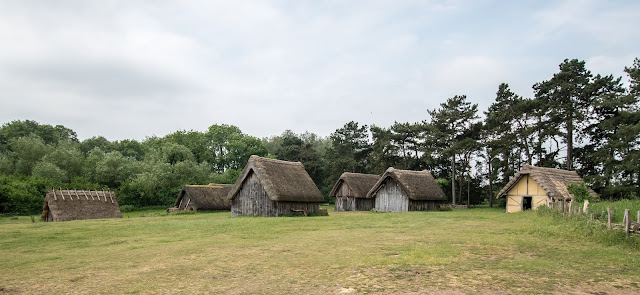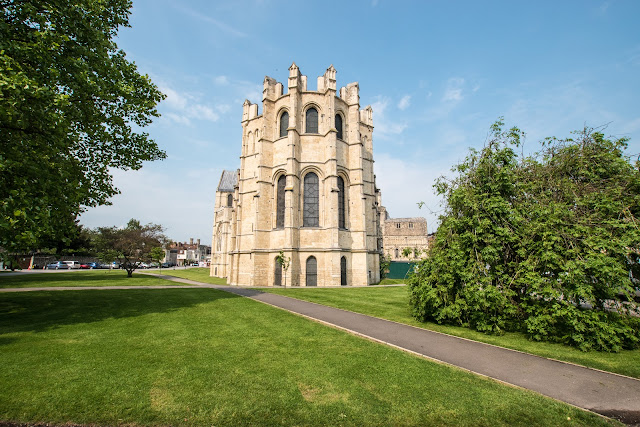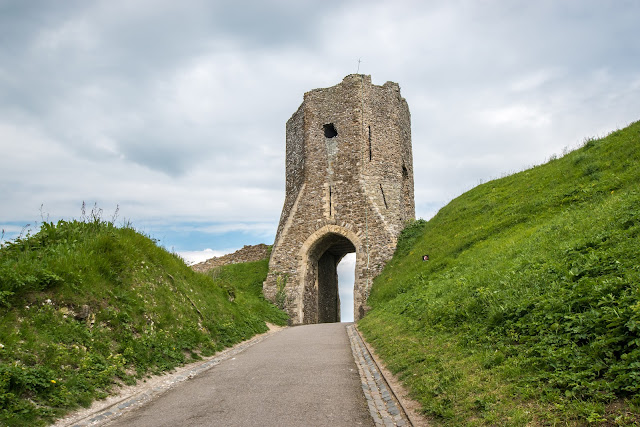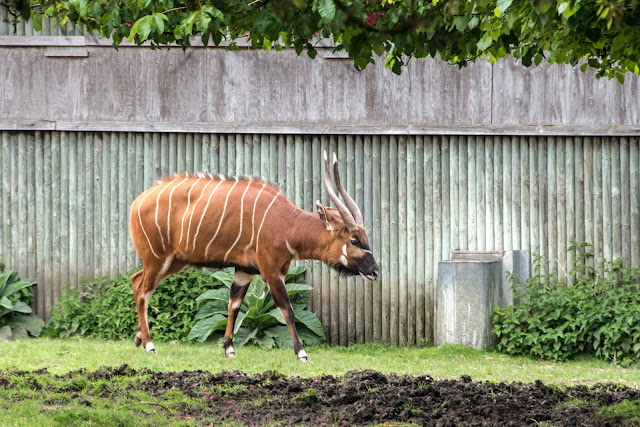The Anglo-Saxon Village at West Stow

The Anglo-Saxon Village at West Stow is both a living museum and an archaeological site, surrounded by a popular country park. Some time around AD 450 a small settlement grew up at West Stow, on the banks of the River Lark. The village was built on a low hill, now overwhelmed by a sand dune. The settlement lasted until about AD 600 and evidence has been uncovered for around 70 buildings on the site. These buildings have described as 'sunken-featured', a style formerly known as pit houses. At its height there were at least 8 timber halls and over 60 other buildings. In 1849 an Anglo-Saxon cemetery was uncovered, and archaeologists began to explore the area. They found evidence of habitation as early as the Mesolithic period, but the major finds related to the Anglo-Saxon settlement. Aside from the timber halls, archaeologists discovered animal pens, pits, and boundary ditches. There was no sign of a fortification of any kind, suggesting that the inhabitants felt safe f...



